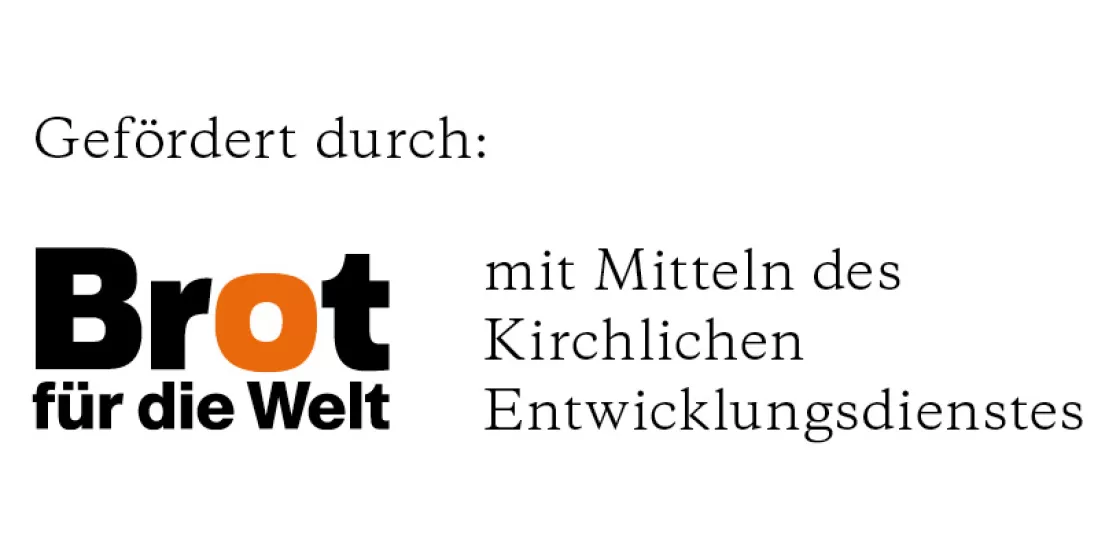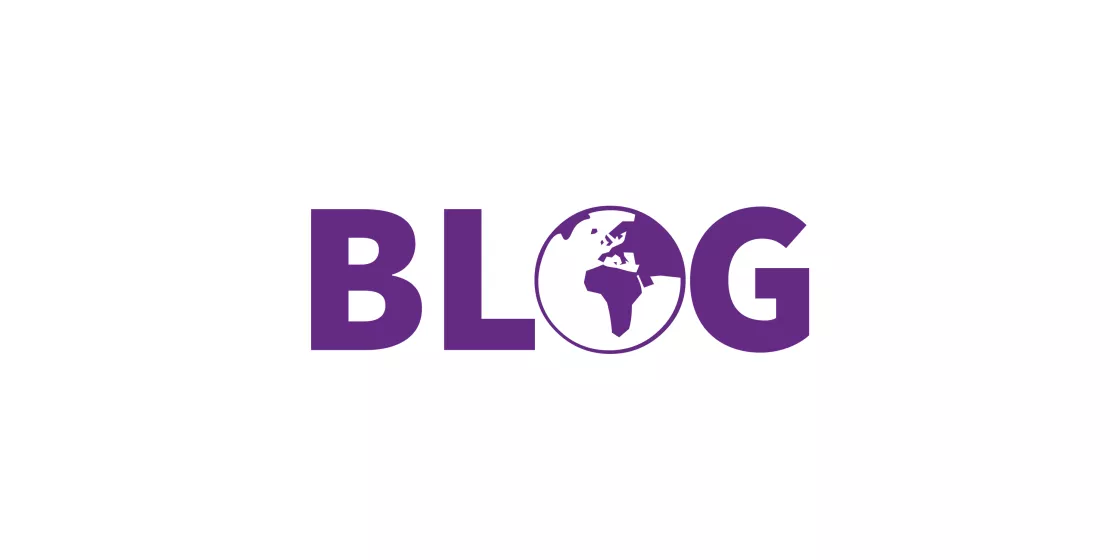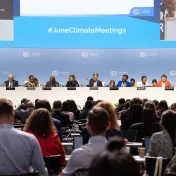The COVID-19 pandemic has advanced into the biggest global health crisis in recent human history and exacerbated existing challenges of hunger, poverty and injustice for developing countries. Nonetheless, poorer nations are still showing remarkable commitment to dealing with the climate crisis. Many of them have submitted more ambitious revised Nationally Determined Contributions (NDCs) under the United Nations Framework Convention on Climate Change (UNFCCC) in time, showing the necessary dedication to mitigate the negative impacts of climate change – for example, on food security or water supplies – and to better protect people from future extreme weather events, while at the same time pursuing climate-compatible development pathways.
But as the COVID-19 pandemic continues, developing countries are increasingly reaching their limits. Resources that are already scarce are coming under increasing pressure while progress towards building climate resilience is threatened to erode and investment needs to grow. Climate adaptation costs are estimated to grow up to USD 800 billion a year by the middle of the century. But many countries of the Global South lack access to adequate liquidity and flows of capital.
International climate finance falls short of promises and needs
International climate finance, provided by the richer nations to support developing countries in their battle against climate impacts, is supposed to help fill this gap. The commitment of developed countries to jointly mobilize USD 100 billion in climate finance by 2020 has been underpinning climate negotiations since COP15 in 2009 and was an integral part of the Paris Agreement in 2015, which established that developed countries should continue to lead the mobilization of climate finance beyond previous efforts. This commitment has served as the basis of trust between developed and developing countries, as the latter commit to transitioning to zero-carbon economies and step up their efforts to adapt to a changing climate. An erosion of trust could represent a major threat to the success of future negotiations, at COP26 and beyond.
Already, trust levels are at a low, as developed countries did likely not keep their promise of delivering USD 100 billion by 2020, according to the Independent Expert Group on Climate Finance. The OECD estimated that climate finance mobilized by developed countries reached USD 78.9 billion in 2018, compared to USD 52.2 billion in 2013 – clearly upward-trending, yet insufficient. Other estimates, e.g. by Oxfam, suggest that public climate finance is actually less than half the figure presented by the OECD for 2018. Beyond the total quantity, criticism hints at insufficient levels of adaptation finance to respond to developing countries’ needs – a mere 21 % of total climate finance in 2018 according to OECD estimates –, the absence of finance for loss and damage and the persisting difficulty for the most vulnerable to access climate finance.
Cognizant of these issues and the entailed risk for a COP26 negotiation deal, the UK COP26 Presidency has provided a roadmap as an outcome to their Climate & Development Ministerial held on March 31. Under workstream 3 – quantity, quality, and composition of climate finance – the UK COP26 Presidency has identified three crucial moments for increased climate finance pledges: 1) the US Leaders Summit on Climate this week, 2) the Petersberg Climate Dialogue jointly hosted by Germany and the UK on May 6 and 7 and 3) the G7 Summit – also under British Presidency.

Post-2020 climate finance commitments – UK and what else?
Not only has the USD 100 billion commitment likely not been achieved, it is essentially originating from a 2°C world agreed at COP16 in Copenhagen. Since then, the world has agreed to try to limit global warming to 1.5°C in Paris, the IPCC has stated that every centigrade matters, the impacts of climate change have already exacerbated and countries have been facing a health and a debt crisis. Under this premise, a floor of USD 100 billion per year after 2020 – as decided in Paris – is by all means insufficient.
Despite these circumstances, only the UK has prominently announced an increase in climate finance post-2020 – a doubling between 2020/21 and 2025/26. While no other meaningful pledge has caught similar attention, several donor countries have communicated increases as part of their ex-ante climate finance information post-2020 under their bi-annual submissions in accordance with Art. 9.5 of the Paris Agreement (see table 1).While these commitments differ in size and magnitude, they display an initial awareness of different donor countries for the need to further increase climate finance post-2020
|
Non-EU |
Current commitment (until 2020) |
Ex-ante commitment (post-2020) |
|
Australia |
Delivered 1.4 Billion AUD across 5 year period (2015-2020) |
50 % increase in commitment up to 1.5 Billion AUD across 5 years period (2020-2025). |
|
New Zealand |
200 Million NZD across 4 year period (2015-2019) |
50 % increase to at least 300 Million NZD across 4 year period (2019–2022). |
|
Switzerland |
300 Million CHF/year across 4 year period (2017-2020) |
30 % increase up to 400 Million CHF/year across 2021–2024 |
|
United Kingdom |
5.8 Billion GBP between 2016–2021 |
100 % increase (doubled) up to 11.6 Billion GBP across 2021-2026 |
|
EU |
Current commitment (until 2020) |
Ex-ante commitment (post-2020) |
|
Austria |
332.8 Million EUR (2019) |
Increase budget line for climate action compared to 2020 across 3 years period (2021–2023); part of this increase will be dedicated to international climate finance. |
|
Spain |
740.1 Million EUR (2019) |
20 % increase up to 900 Million EUR starting in 2020. |
|
European Commission |
2.5 Billion EUR (2019) |
70 % increase of total EU external action and assistance up to at least 4.2 Billion per year (2021-27). 30 % of total EU expenditure supports climate action |
|
Ireland |
93 Million EUR (2019) |
100 % increase (doubled) of finance as a proportion of ODA by 2030, alongside a commitment to allocating for ODA 0.7 percent of GNI by 2030. Minimum of 80 million EUR in international climate finance annually across the 10 years period (2021-2030). |
In addition, several countries have indicated that they are in the process of determining their post-2020 climate finance during 2021 (see table 2). While the time of announcement for Norway, Denmark, and Spain remains uncertain, Canada has already concluded its consultation process communicated as part of their Art 9.5 submission. As part of their 2021 budget communication, Canada indicated that it will make a post-2020 climate finance pledge. It might happen already at this week’s US Climate Leaders Summit. The US did not communicate its ex-ante climate finance post-2020 given its earlier withdrawal from the Paris Agreement. At this week’s Summit, the US will likely release its climate finance plan, which will hopefully lay out an ambitious quantitative goal for the US’ post-2020 climate finance and re-establish it as a climate leader. This will complement the US budget for fiscal year 22, which has been widely perceived as insufficient.
|
Non-EU |
|
|
|
Canada |
2.56 Billion CAD across 6 years period (2015-2020) |
Ongoing consultation process |
|
Norway |
6.25 Billion NOK (2019) |
Planning to increase ODA climate finance. New Strategy will be finalized in 2021. |
|
EU |
|
|
|
Denmark |
Expected to reach more than 2.4 Billion DKK (2020) |
Higher level of commitment is expected to increase over the coming years. Data not yet available. |
Germany: Time to show leadership – a doubling at Petersberg Climate Dialogue
Germany is one of the major contributors to climate finance in an international comparison. On several occasions, Germany has shown political leadership in the provision of climate finance, for example through early pledges to the Green Climate Fund or through the goal to double the budget for climate financing to around four billion euros annually by 2020, proclaimed even before the Paris Climate Summit. These announcements have not only encouraged other donor countries to make their own pledges, but have also helped build trust and confidence on the part of the poorer countries that the richer countries will live up to their responsibilities.
Now it is time to show this leadership again. At the Climate Ambition Summit last December, Germany announced that it will make its fair contribution to international climate financing after 2020. While this is a welcomed signal, it needs to be further qualified and quantified. Therefore, at the upcoming Petersberg Climate Dialogue in May, the German government should make a concrete quantified pledge and indicate how climate funding from Germany will increase in the coming years. A genuinely fair contribution from Germany would mean doubling its annual climate finance from the federal budget from around four billion euros to at least eight billion euros by 2025, pledging half of this for measures for the adaptation to climate change and spending the other half on climate mitigation. This needs to be complemented by additional funding to help developing countries cope with the loss and damage caused by the climate crisis, the consequences of which are more dramatic than in 2009 when the USD 100 billion goal was set.
As Germany holds federal elections this autumn, the Petersberg Climate Dialogue likely constitutes the last opportunity for Germany to announce its new 2025 climate finance goal prior to COP26. Germany and the UK could seize this moment and complement their post-2020 climate finance pledges to initiate the Petersberg-Glasgow process, filling Merkel’s announcement at last year’s climate summit on December 12 and the UK’s Roadmap following the Climate and Development Ministerial with life. The process would direct diplomatic efforts at other G7 countries and subsequently other donor countries for them to join Germany and the UK in doubling their post-2020 climate finance.







